If so, you are going to love these strategies! Our kids live in an age where endless information is literally at their fingertips. If they are going to be successful, we HAVE to explicitly teach them how to weed out the necessary from the unnecessary. Most of them do not just figure this out on their own.
I am joining up with A Teacher Mom today for Chapter 7 of Building Mathematical Comprehension by Laney Sammons. Chapter 7 shares strategies for helping all students learn to determine what is truly the important information necessary to solve math problems. I want to share 3 of my favorite strategies from the book that can easily be implemented in the classroom: Overviewing, Highlight and Write, and Zoom In/Zoom Out.
Overviewing in math is very similar to taking a Text Walk in reading. It helps students look over a problem before reading it more carefully. It is a great opportunity to focus on the TEXT FEATURES of the selection. Other mini-lesson ideas include:
- identifying the PURPOSE of reading
- activating your SCHEMA (background knowledge) to help make mathematical connections
- recognizing when you need to SLOW DOWN, read the text more carefully, or RE-READ
- determining what can be ignored without altering the meaning
- and many more!
Students love highlighters and sticky notes, so they will LOVE this strategy! I'll admit it, though. My students have always had a very hard time determining what is the most important information to highlight. I hand them a highlighter... and then they think it's a coloring sheet and color EVERYTHING! Can you relate?
That's why I think the next step in this strategy is GENIUS! If the students highlight it, they have to write a short explanation of why they highlighted it on the sticky note (or in the margin). This really encourages your students to start thinking more deeply about if the information is truly relevant to solving the math problem.
This last strategy was created by Thompson (2008) to help improve metacognition in math. Students often really struggle to understand the problem itself, which makes it even more difficult to connect it to abstract concepts. This process really helps kids to see both the details and the big picture.
- Have students read the problem and make sense of it independently.
- Students talk in pairs about how they understand the problem. This gets them comparing and revising their interpretations if needed.
- Whole class Zoom In - Use this time to clarify any vocabulary terms, symbols, or expressions. Scrutinize which facts are necessary for solving the problem. Have students self-assess whether their initial interpretation was accurate.
- Whole class Zoom Out - Use this time to consider possible strategies for finding a solution.
- Have students solve the problem independently.
- Have students orally describe how they solved the problem with their partner.
I love how this strategy really gets kids to think more in-depth and build their mathematical reasoning skills! Have you used any of these strategies in your math class? If not, which strategy do you want to start implementing right away? I'd love to hear about it below!

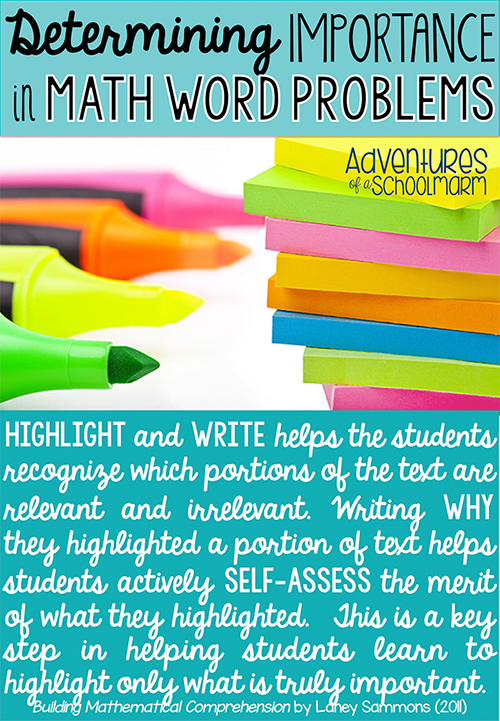




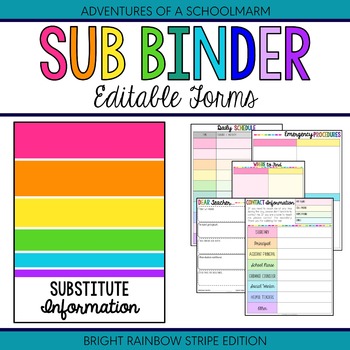
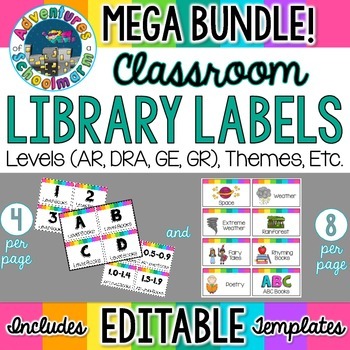


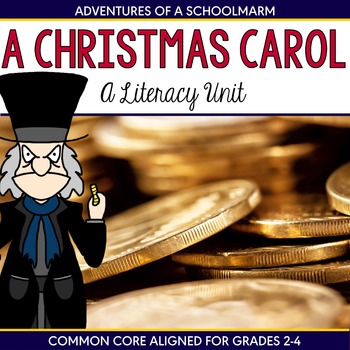
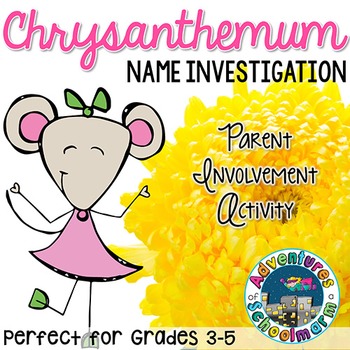




No comments